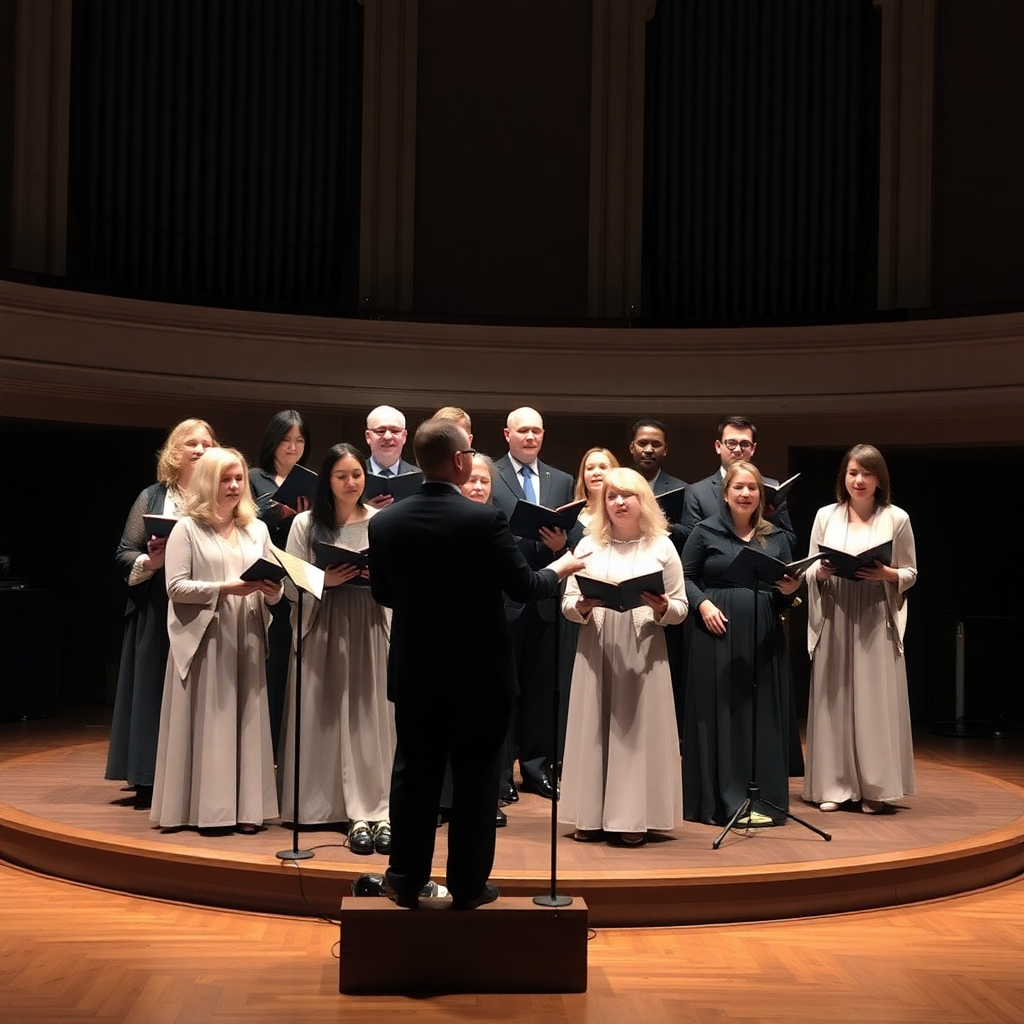The Meaning of Choir: A Deep Dive into Collective Musical Expression
Early Christian communities adopted group singing as a means of worship, leading to the development of Gregorian chant and other sacred musical traditions that shaped Western classical music.
At its most fundamental level, a choir refers to an organized group of singers who perform together, typically in harmony. The word "choir" derives from the Greek word "khoros," which originally described a group of dancers and singers in ancient Greek theater.
Today, choirs represent one of humanity's most enduring forms of collective musical expression, bringing together individual voices to create something greater than the sum of its parts. Whether found in churches, schools, community centers, or professional concert halls, choirs serve as powerful vehicles for both artistic achievement and social connection.
The traditional definition encompasses various ensemble sizes, from small chamber choirs of eight to twelve singers to large symphonic choirs featuring hundreds of voices. Each type serves different musical purposes and creates distinct sonic experiences. Chamber choirs excel at intricate harmonies and nuanced interpretation, while larger choirs can produce overwhelming waves of sound that fill vast spaces with rich, layered textures.
Historical and Cultural Origins
The concept of choral singing stretches back thousands of years, with roots in ancient civilizations across the globe. In ancient Greece, choruses played essential roles in religious ceremonies and theatrical productions, establishing many conventions that continue to influence choral music today. Early Christian communities adopted group singing as a means of worship, leading to the development of Gregorian chant and other sacred musical traditions that shaped Western classical music.
Different cultures have developed their own choral traditions, each reflecting unique values and aesthetic preferences. African communities have long used group singing for storytelling, ritual ceremonies, and community bonding. Indigenous cultures worldwide incorporate choral elements into their spiritual practices and cultural celebrations. These diverse traditions demonstrate that the human impulse to sing together transcends geographical and cultural boundaries, suggesting something fundamental about our social nature.

The Spiritual and Emotional Dimensions
Beyond its technical musical aspects, choir participation carries profound spiritual and emotional significance for many people. The act of breathing together, listening intently to one another, and creating harmonious sounds can produce transcendent experiences that participants often describe in spiritual terms. This phenomenon occurs regardless of religious affiliation, suggesting that group singing taps into something deeply human about our need for connection and shared meaning.
Research has shown that singing in choirs releases endorphins and reduces stress hormones, creating measurable physiological benefits. The synchronization required in choral singing can produce what psychologists call "collective effervescence," a state of shared emotional intensity that strengthens social bonds. Many choir members report feeling a sense of belonging and purpose that extends far beyond the rehearsal room, creating lasting friendships and support networks.
Educational and Social Benefits
Participation in choirs offers numerous educational advantages, particularly for young people. Learning to read music, developing listening skills, and understanding complex harmonic relationships all contribute to cognitive development and academic achievement. Students in choir programs often demonstrate improved language skills, mathematical reasoning, and pattern recognition abilities.
Socially, choirs break down barriers between people of different backgrounds, ages, and life experiences. The shared goal of creating beautiful music requires cooperation, mutual respect, and collective responsibility. Members must learn to subordinate individual desires to serve the greater good of the ensemble, developing empathy and collaborative skills that serve them well in other areas of life. Many communities use choirs as vehicles for social integration, bringing together diverse populations around a common artistic purpose.
Modern Interpretations and Evolution
Contemporary choirs have expanded far beyond traditional classical and sacred repertoires to embrace popular music, world music, and experimental compositions. Gospel choirs bring infectious energy and improvisational elements to their performances. Pop and jazz choirs explore complex harmonies in familiar musical styles. Community choirs welcome singers of all skill levels, emphasizing participation and joy over technical perfection.
Technology has also transformed the choral landscape, enabling virtual choirs that connect singers across vast distances and creating new possibilities for composition and performance. These innovations demonstrate the adaptability of the choir concept while preserving its essential character as a collaborative musical endeavor.
The meaning of choir continues to evolve, but its core significance remains constant: the profound human experience of individual voices joining together to create something beautiful, meaningful, and larger than themselves.